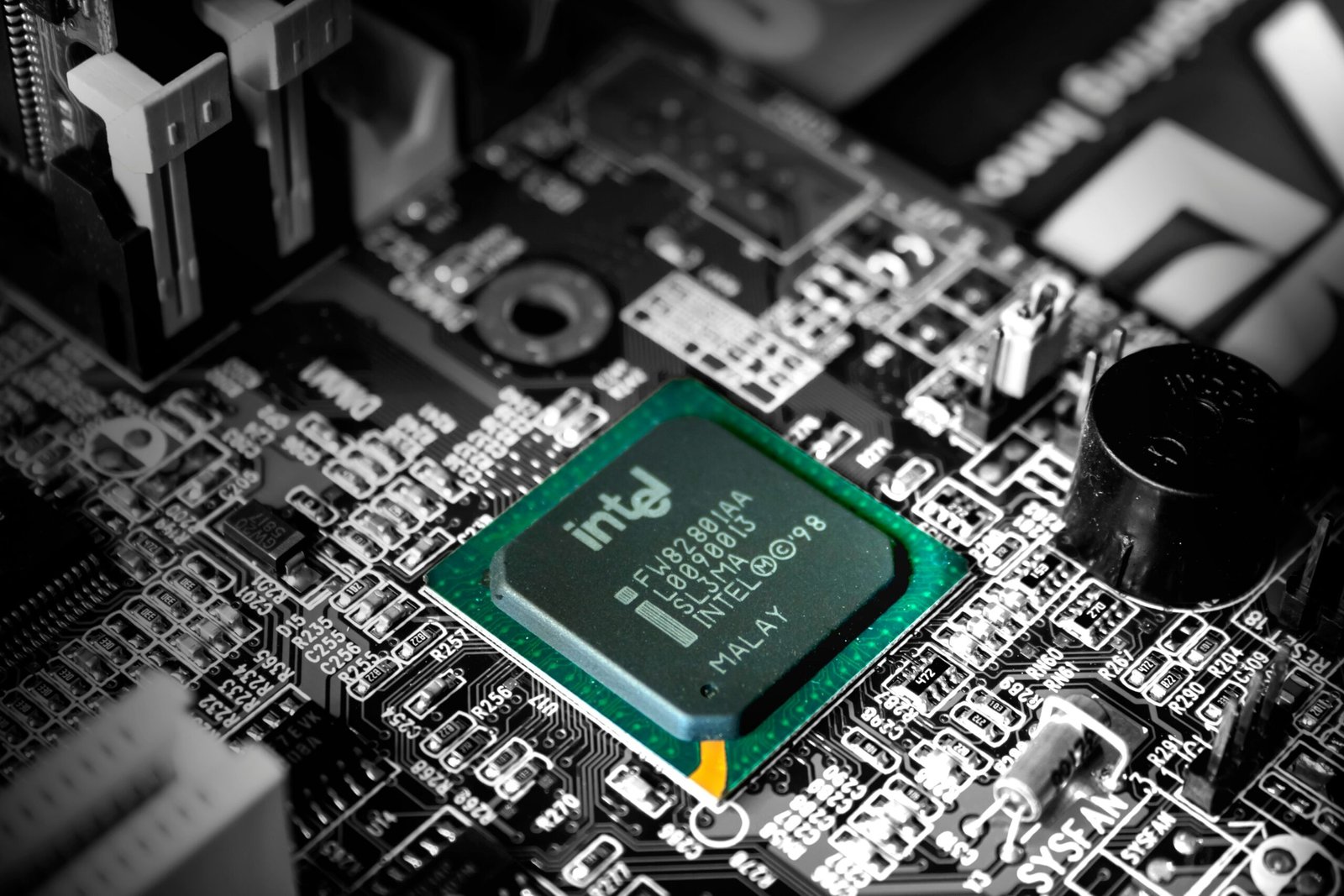Introduction to Deep Learning
Deep learning is a subset of machine learning that mimics the workings of the human brain in processing data and creating patterns for use in decision-making. This advanced approach to artificial intelligence (AI) utilizes artificial neural networks, which are algorithms inspired by the biological neural networks found in human cognition. Deep learning has gained significant traction in recent years due to its remarkable ability to handle vast amounts of unstructured data, surpassing traditional machine learning techniques in accuracy and efficiency in various applications.
The significance of deep learning within the realm of AI cannot be overstated; it enables computers to learn from experiences and self-improve their performance over time. While traditional machine learning often relies on hand-crafted features and direct input from humans to function effectively, deep learning techniques automatically extract features and representations from raw data, allowing for more sophisticated models and insights. This independence in learning means deep learning can tackle complex problems that are challenging for conventional algorithms, such as image and speech recognition.
However, understanding deep learning concepts can be daunting due to the complexity and technicality involved. Common challenges include grasping the intricacies of neural network architectures, various training algorithms, and optimization techniques. This blog post will provide a comprehensive overview of the foundational terminologies in deep learning, explore its diverse applications—from healthcare to finance—and discuss its real-world implications. By demystifying these elements, readers will gain valuable insights into how deep learning is reshaping AI and the potential it holds for future innovations. The expectation is to equip readers with knowledge that enhances their understanding of this transformative field.
The Mechanics of Deep Learning
Deep learning, a subset of machine learning, mimics the neural architecture of the human brain to process complex data. At its core, deep learning utilizes neural networks comprised of interconnected layers of artificial neurons. Each neuron processes input data, applies a mathematical transformation, and sends the output to subsequent layers. The depth of these networks distinguishes deep learning from traditional machine learning, as it allows models to capture intricate patterns and correlations within vast datasets.
A typical neural network architecture is organized into three primary types of layers: input, hidden, and output layers. The input layer receives the data, while the hidden layers, which can number in the hundreds or thousands, enable the model to learn hierarchical representations. The output layer generates predictions based on the learned features. Activation functions, such as ReLU (Rectified Linear Unit) or sigmoid functions, play a pivotal role in determining neuron outputs, introducing non-linearity that allows the network to learn complex patterns. These functions map the weighted input values to an output, influencing how well the network can adapt to the training data.
Optimization algorithms, notably stochastic gradient descent and Adam, are crucial in training deep learning models. These algorithms adjust the weights assigned to each neuron based on the error of predictions during training, aiming to minimize the loss function through iterative updates. Additionally, various deep learning architectures are tailored to specific tasks. For instance, convolutional neural networks (CNNs) excel in image recognition tasks due to their capability to process grid-like data, while recurrent neural networks (RNNs) are adept at handling sequential data, making them suitable for natural language processing and time series analysis.
Research has shown that the integration of these intricate mechanisms enables deep learning to achieve remarkable results across various domains, including computer vision, speech recognition, and autonomous systems. The ongoing advancements in deep learning methodologies continue to push the boundaries of artificial intelligence applications.
Real-World Applications of Deep Learning
Deep learning, a subset of artificial intelligence (AI) and machine learning, has gained significant traction across various industries, transforming traditional methodologies and enabling more efficient processes. One of the most impactful sectors is healthcare. Deep learning algorithms analyze medical images for conditions like cancer, enhancing the accuracy of diagnoses. For example, Google’s DeepMind has developed systems that outperform radiologists in detecting eye diseases, demonstrating the technology’s potential in improving patient outcomes.
In the realm of finance, deep learning plays a crucial role in fraud detection and risk assessment. Financial institutions leverage neural networks to analyze transaction data in real-time, flagging anomalies that may indicate fraudulent activities. A notable case is PayPal’s use of deep learning to enhance its fraud detection capabilities, significantly reducing false positives while ensuring legitimate transactions are processed seamlessly.
The automotive industry has been revolutionized by deep learning, particularly with the advent of autonomous vehicles. Companies like Tesla employ convolutional neural networks (CNNs) to interpret vast amounts of data from sensors and cameras, enabling vehicles to navigate complex environments safely. This technology not only allows for self-driving capabilities but also aids in features such as lane assistance and adaptive cruise control, enhancing overall user experience on the road.
In entertainment, deep learning has transformed content creation and delivery. Streaming platforms, such as Netflix and Spotify, employ recommendation systems powered by deep learning algorithms to analyze user preferences and behavior, offering personalized content suggestions. This enhances viewer engagement and retention, illustrating the profound impact of deep learning on consumer interactions within the entertainment sector.
The future potential of deep learning extends far beyond these examples. However, challenges related to ethical concerns, data privacy, and algorithm transparency remain critical considerations. As deep learning technologies continue to evolve, addressing these challenges is essential to harness their full capabilities across various industries.
Conclusion and Key Takeaways
Deep learning has emerged as a transformative force in the field of artificial intelligence (AI), enabling machines to learn from vast amounts of data and make intelligent decisions with unprecedented accuracy. Throughout this article, we have explored the foundational principles of deep learning, its relationship to broader AI applications, and its real-world implementations across various industries. Key takeaways include the understanding that deep learning is not just a trend but a significant advancement that is reshaping technology and society.
One crucial aspect of deep learning is its reliance on neural networks, which mimic the structure and functioning of the human brain. This approach allows for the recognition of complex patterns in data, facilitating breakthroughs in fields such as image recognition, natural language processing, and autonomous systems. As the technology evolves, we are witnessing an increasing integration of deep learning solutions in everything from healthcare diagnostics to financial forecasting, underscoring its vast potential.
For readers interested in diving deeper into the world of deep learning, there are numerous resources available, ranging from online courses and tutorials to academic papers and community forums. Engaging with these platforms can provide valuable insights and practical experience necessary to understand this rapidly evolving domain better. Moreover, experimenting with popular frameworks like TensorFlow or PyTorch can enhance one’s ability to create and deploy deep learning models effectively.
We encourage readers to reflect on their experiences with AI and share their thoughts or questions in the comments section. Additionally, if you found this article informative, consider sharing it on social media to spread awareness about deep learning and its implications. The journey into deep learning offers challenges and rewards, and by fostering discussion and exploration, we can collectively navigate this exciting landscape.




